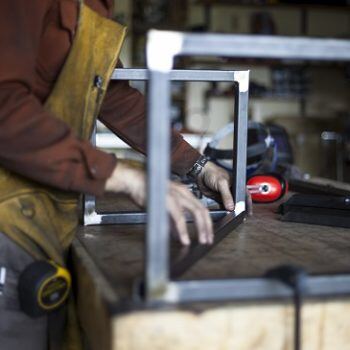
Our lives have never been easier. With the push of a button or click of a mouse we can order virtually any product we can dream of and it is at our house or place of business in days. Some of these products are simple to use and some of them are complex, but the bottom line is most of them enhance our lives in some way. Many times, complexity comes down to the options that are available, which can be sizes, colors, weights, etc. Think of the different trim lines for any vehicle type. All of these options are often difficult for the consumer to manage. Now imagine the difficulty a company faces that offers a lot of complex options, which are dependent on each other during the order entry process. How do you make sure orders entered into the system can actually be made? The answer – Global Shop Solutions’ product configurator for manufacturing.
Can we even manufacture that? A manufacturer that is using a product configurator has the highest probability that all orders entered into the system can be made. Feature mapping and business intelligence is the core of the product configurator and offers customers the confidence that only the right options are added to the right parts. For example, using a product configurator the feature mapping and business intelligence would not let you add sidewalls to an open trailer, add three drawer pulls to a one-drawer nightstand, or add six tires to a two-axle trailer.
The product configurator expedites the time needed to get the product from engineering to production. It often requires a simple review and possibly tweak of a complex bill of material (BOM) instead of creating the complex BOM, therefore eliminating a potential bottleneck in engineering. The configurator can manage the manufacturing processes via BOMs and/or routers. With either process the creation of the work order to build the finished good can be hastened by not having everything driven by the flow of information through engineering.
How much does it cost? If you think the ordering process for complex products is difficult imagine trying to manually price the product so you make money. Manufacturers that do not use a product configurator spend countless hours manually calculating estimates that will be used for quoting, which can lead to costly mistakes. A product configurator reduces the likelihood of an error, increases accuracy, and typically ensures that the product can actually be made.